The outer cover of the pull type clutch disc assembly adopts a pull-type structure. From a mechanical point of view, the pull-type structure forms a larger lever ratio by optimizing the force transmission path. In the working process of the clutch, the lever ratio directly affects the efficiency of torque transmission. A larger lever ratio means that under the same input force, a stronger clamping force can be generated, thereby achieving more efficient torque transmission. This structural design is not a simple change in form, but is based on a deep consideration of the power transmission needs of heavy trucks. Through precise mechanical calculations and structural optimization, the outer cover shell can disperse stress in a more reasonable way when it is subjected to the huge force transmitted by the engine, ensuring the stability of the overall structure.
Significant improvement in torque transmission efficiency
Under the same size specifications as the traditional clutch disc assembly, the pull type clutch disc assembly can significantly increase the torque that can be transmitted. This feature is crucial for heavy trucks. Torque is one of the core indicators that determine the vehicle’s power performance, especially in working conditions such as heavy-load transportation and climbing that require strong power output. Sufficient torque transmission is the basis for ensuring the normal driving of the vehicle. The pull type clutch disc assembly allows the power generated by the engine to act more directly and fully on the gearbox through efficient torque transmission, thereby driving the vehicle forward and avoiding excessive power loss during the transmission process.
Adaptability to cope with engine torque growth
With the continuous development of the heavy truck industry and the continuous advancement of engine technology, its output torque has shown a steady growth trend. This trend places higher requirements on the clutch plate assembly, requiring it to be able to match the increasing torque output. Traditional single-plate clutches often seem to be unable to cope with the growing torque demand. To improve its torque transmission capacity, it is usually necessary to increase the product size, but this will be limited by the engine flywheel space. The pull type clutch disc assembly, with the advantages of the pull structure, can easily cope with the increasing torque challenge without adjusting its own size. When the engine torque continues to increase, it can maintain stable torque transmission efficiency, ensuring that the powerful power generated by the engine can be transmitted to the subsequent transmission system without hindrance, providing strong support for the efficient operation of the vehicle.
Performance balance under space constraints
The space around the engine flywheel is a factor that needs to be strictly considered in the design of heavy-duty trucks. The limited space imposes strict restrictions on the size of the clutch plate assembly. If the traditional clutch plate assembly wants to improve the torque transmission capacity, it has to increase the size, which will conflict with the flywheel space limitation and affect the rationality of the vehicle layout. The pull type clutch disc assembly cleverly solves this contradiction. Its pull-type structure achieves the improvement of torque transmission capacity by optimizing the conduction of internal forces and structural layout without increasing its own size. This performance balance under space constraints not only meets the power demand of the engine for the clutch, but also facilitates the compact design of the vehicle, so that other components in the engine compartment can have a more reasonable installation space, which helps to improve the integration level of the vehicle.
 English
English русский
русский
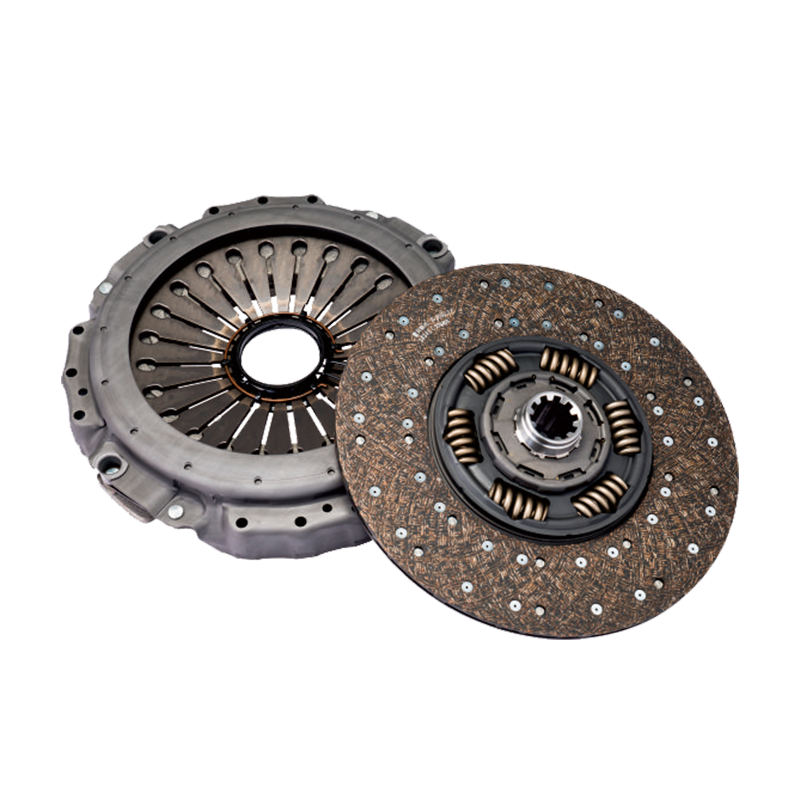
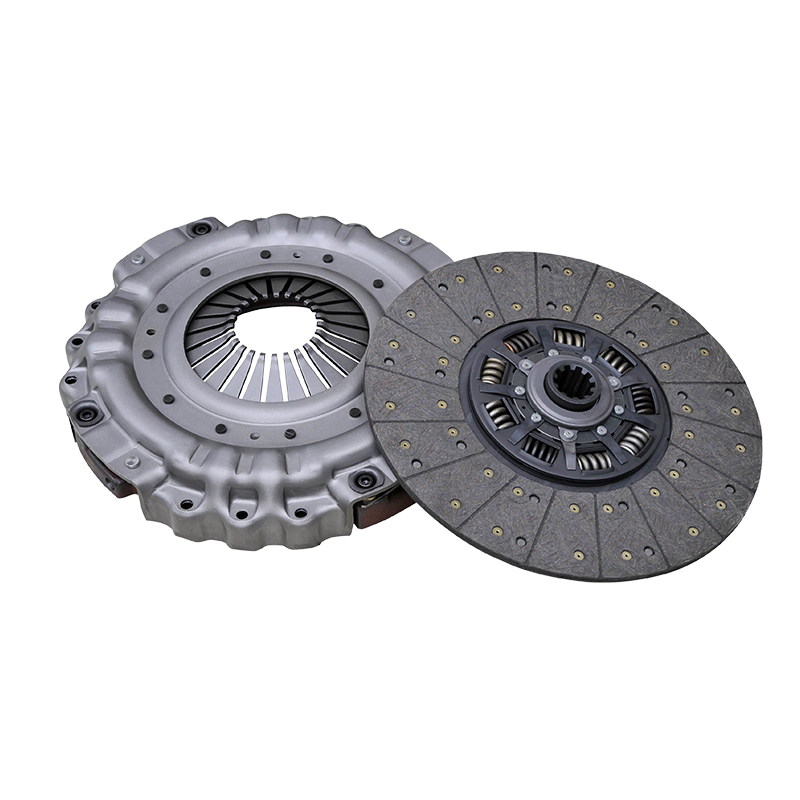
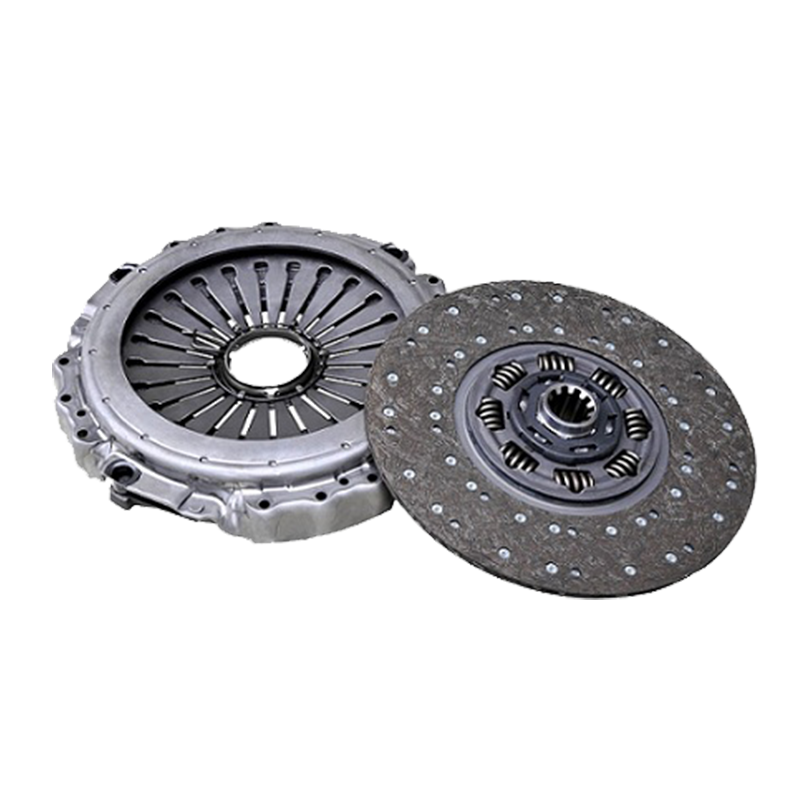
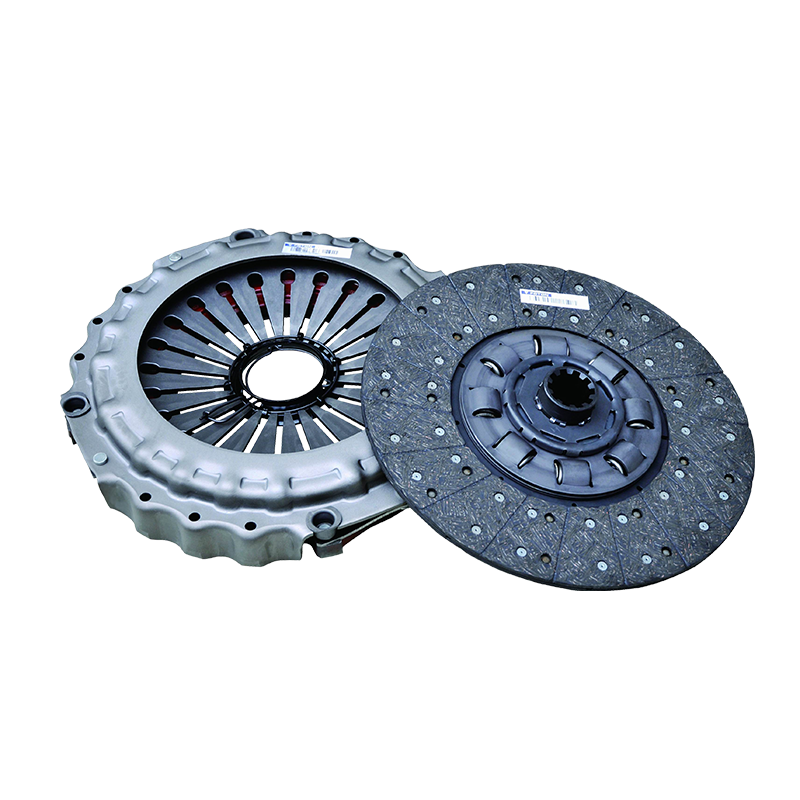
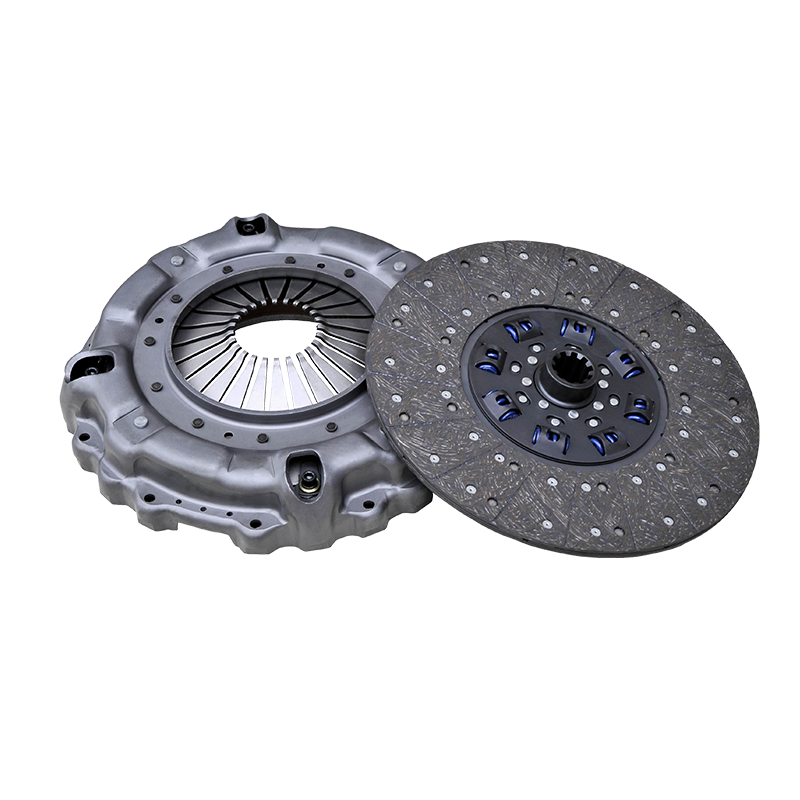
 English
English  No.25, Hu Chuang Road, New District Industrial Park, Suzhou, Jiangsu, China.
No.25, Hu Chuang Road, New District Industrial Park, Suzhou, Jiangsu, China.  +86-13338663262
+86-13338663262 
